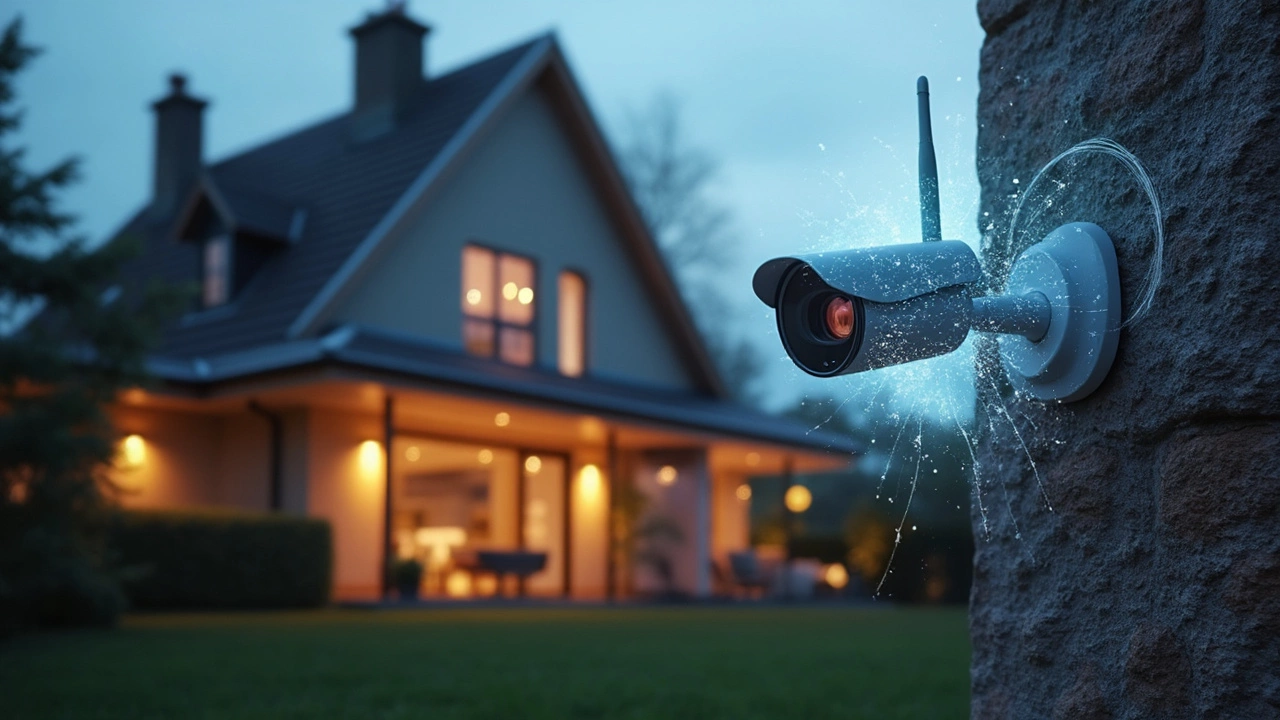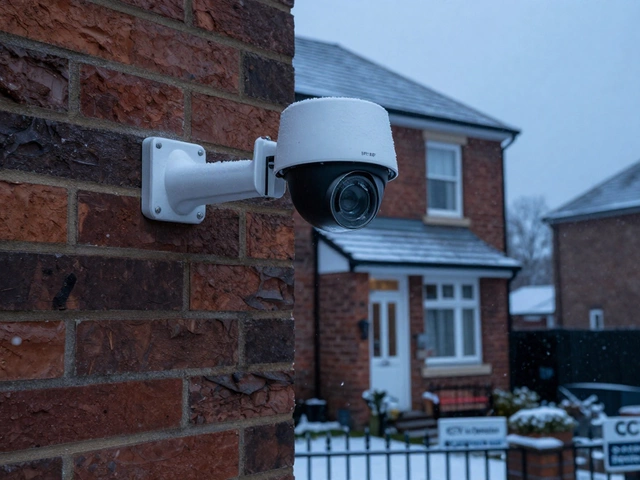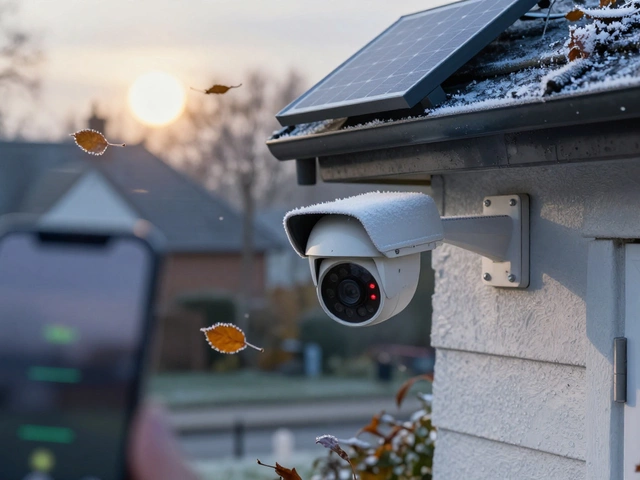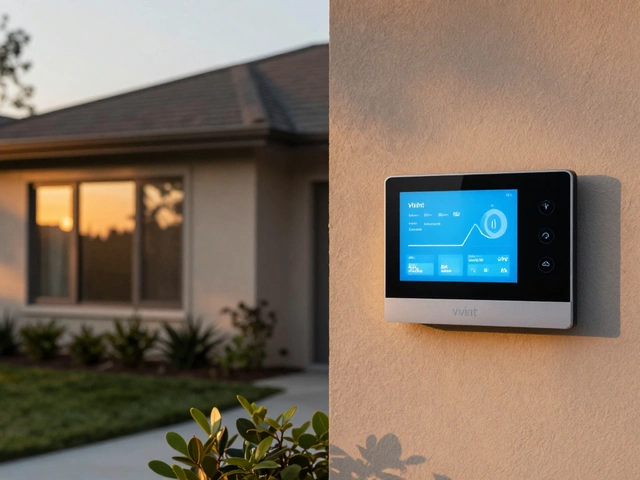Wireless Security Camera: What You Need to Know in 2025
Thinking about ditching the old wired set‑up? A wireless security camera can give you instant coverage without crunching holes in walls. It’s cheap, quick to install, and works with most smart‑home hubs. But before you pop a camera on the porch, there are a few practical things to sort out.
Why Go Wireless?
First off, flexibility. A battery‑powered unit can sit on a balcony, sneak behind a shed, or travel with you on a vacation property. No need to run a power cable or wait for an electrician. Second, the tech has gotten a lot smarter. Modern cameras stream over Wi‑Fi, store video in the cloud, and push alerts straight to your phone. That means you can see what’s happening while you’re at work or on the couch.
But wireless isn’t a free‑for‑all. The biggest drawbacks are signal reliability and security. If your router is churned by a neighbour’s streaming binge, the camera feed can lag or drop. And because the device talks over the air, hackers can try to intercept the feed if you don’t lock it down with strong passwords and two‑factor authentication.
Battery life is another real‑world factor. A typical 2025 outdoor camera will run 3‑6 months on a single charge, depending on motion‑triggered recording and night‑vision use. That’s great for a quick install, but you’ll still need a schedule for swapping or recharging the battery.
Choosing the Right Camera
Start with the basics: resolution, field of view, and night vision. A 1080p camera gives clear details, while a 4K model can capture faces from further away. A wide‑angle lens (120°‑180°) reduces blind spots, but too wide can make distant objects look tiny.
Next, think about storage. Some brands push a subscription plan for cloud video, which adds a monthly cost. Others offer local SD‑card slots, but then you’re responsible for pulling footage out if something goes wrong. Look at the free tier options – a few weeks of footage might be enough if you mainly rely on instant alerts.Security features matter more than ever. Choose a camera that supports end‑to‑end encryption, lets you set a unique Wi‑Fi password, and offers two‑factor login for the app. If you’re in a neighbourhood with lots of Wi‑Fi networks, a dual‑band (2.4 GHz / 5 GHz) model will give you more flexibility to avoid interference.
Finally, consider how the camera talks to your existing smart‑home system. Most popular brands integrate with Alexa, Google Assistant, or Apple HomeKit. That way you can arm the system with a voice command or view the live feed on a smart display.
In short, a wireless security camera can boost your home surveillance with minimal hassle, as long as you pick a model that balances picture quality, battery life, and solid security. Keep your router’s firmware updated, change default passwords, and set a realistic recording schedule. With those steps, you’ll get clear, reliable coverage without the tangled mess of wires.






